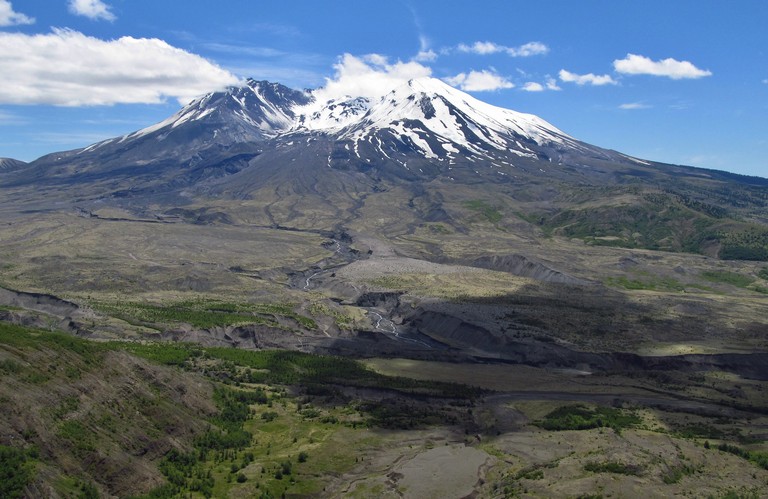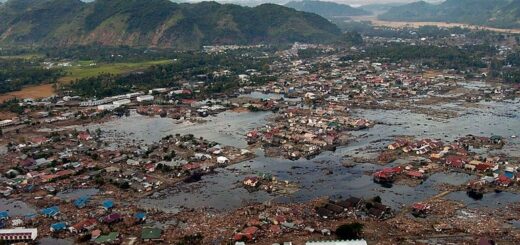Mount St. Helens, Washington, Volcanic Eruption – May, 1980

On 18 May, 1980, the eruption of Mount St. Helens, was a terrible event that occurred in the state of Washington, USA. Mount St. Helens is a stratovolcano located in the Cascade Range, and its eruption in 1980 is one of the most significant volcanic events in the recent history of the United States.
The eruption was triggered by a massive landslide on the volcano’s north side, causing the release of pent-up pressure in the magma chamber. The explosion resulted in the ejection of a large amount of ash, rock, and volcanic gases into the atmosphere. The eruption caused the top of the mountain to collapse, forming a horseshoe-shaped crater.
The blast devastated a vast area around the volcano, flattening forests and causing massive destruction. The eruption also led to the formation of pyroclastic flows, which are fast-moving currents of hot gas, ash, and rock that can travel downslope at high speeds. These flows further contributed to the destruction of the surrounding landscape.
Tragically, 57 people lost their lives as a result of the eruption, and there was significant damage to infrastructure, including roads and bridges. The ash cloud from Mount St. Helens spread across several states and even circled the Earth in the following weeks, affecting air travel and leading to changes in weather patterns.
The eruption of Mount St. Helens had a profound impact on the understanding of volcanic hazards and influenced future research and monitoring efforts to mitigate the risks associated with volcanic activity.








